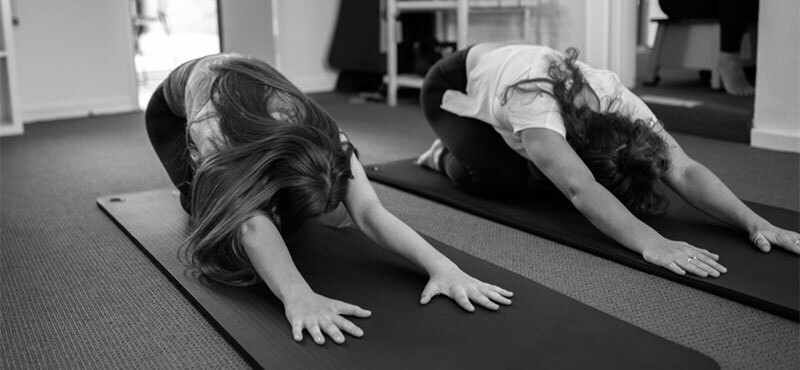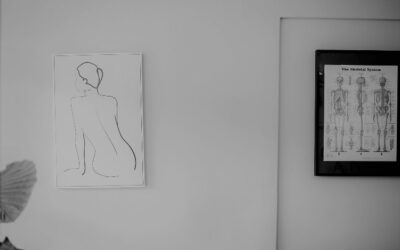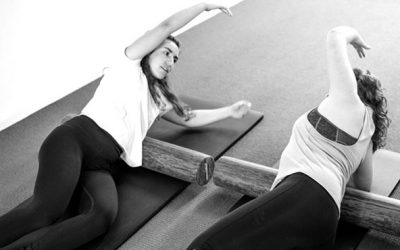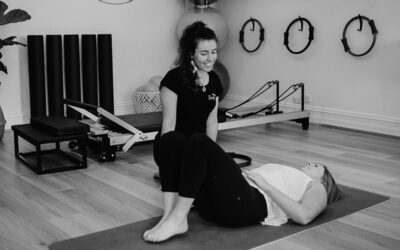The menstrual cycle has so many powers and is so great when you are able to understand and honour your body as it moves through the different phases of your cycle! It can really benefit our bodies if we sync the type of exercise we’re doing to the phase of our cycle.
MENSTRUAL PHASE (bleeding, days 1-7):
During this phase, you may notice you feel that you need more time for relaxation and “recharging your batteries”. It’s an intuitive time where woman are more introverted and feel the need to cleanse (think cleaning out/re-organising your wardrobe). It’s important to take note of your energy levels during this phase, as that will guide you through which exercise is more suited. My recommendation are exercises such as yoga, pilates style movements, walks, and body weight exercise.
FOLLICULAR PHASE (days 1-13):
Energy levels start to come back up during this phase, especially as we lead up into ovulation where estrogen is the dominating hormone. During this phase, it’s great to spend time outdoors and try new ideas that you’ve been thinking about, as well as adding weights to your routine!
OVULATION (days 14-21 approx):
During ovulation, which occurs at different time for each woman (so tracking your cycle is very helpful!), we feel very energetic, more outgoing, talkative, more resilient, and able to cope with stressors and new challenges. This is the best time for strength training, higher intensity exercise, more complex exercises, classes, and running/sprints.
LUTEAL PHASE (days 15-35 / next bleed):
Progesterone is the dominating hormone during the luteal phase of the cycle. Progesterone is like our “zen” hormone. It’s a natural pain killer and enables us to be more cool, calm, and collected. Directly after ovulation and moving into this phase, energy levels may still be up, so go with it! Once we move further into the luteal phase and closer to the next bleed, energy levels may start to decline again, which is where it’s best to lighten the weights, walk more, do yoga, body weight exercise and movement that makes you feel good.
Start to take note of how you’re feeling during the day, and during/after your exercise session in relation to which phase you’re in, and work with your body. As you work to the advantages of each phase, you’ll support your body more and see more benefits.
If you have a hormonal imbalance or experience extreme fatigue, migraines, cramping etc., please contact me as exercise will be different for you as we’ll need to be more precise in terms of type, intensity, timing, and duration of exercise.
*Note that if you are taking “the pill”, these phases will not occur for you as your body is not cycling naturally therefore information and advice will be different for you.




